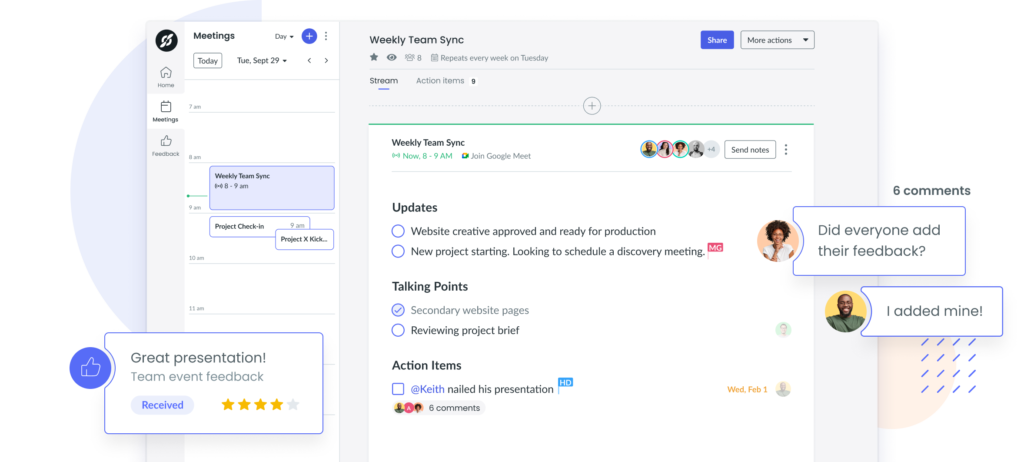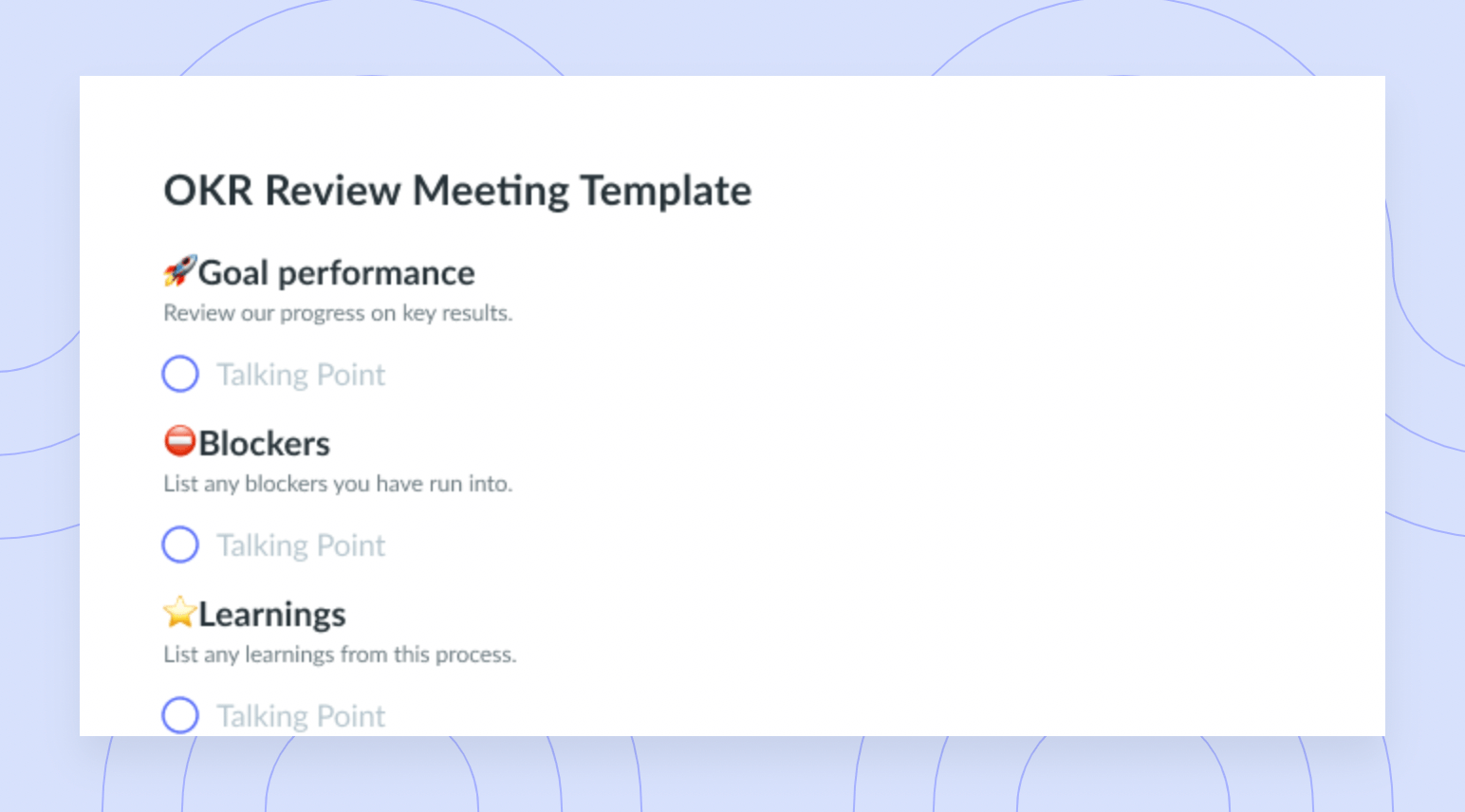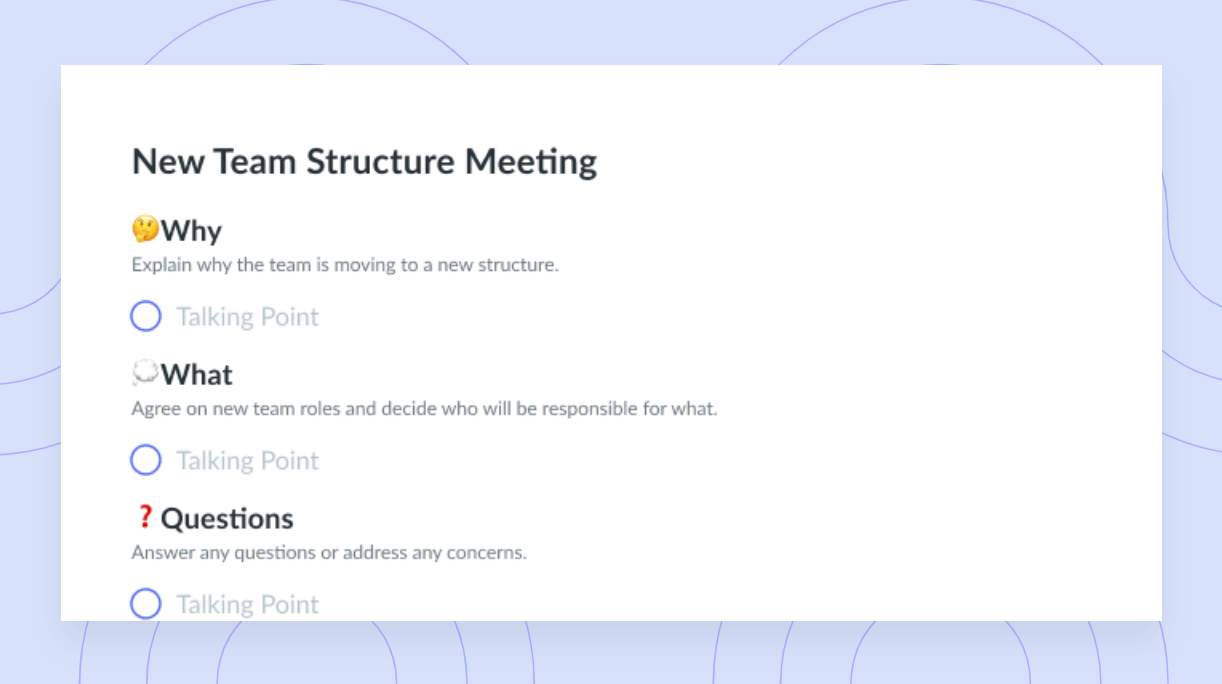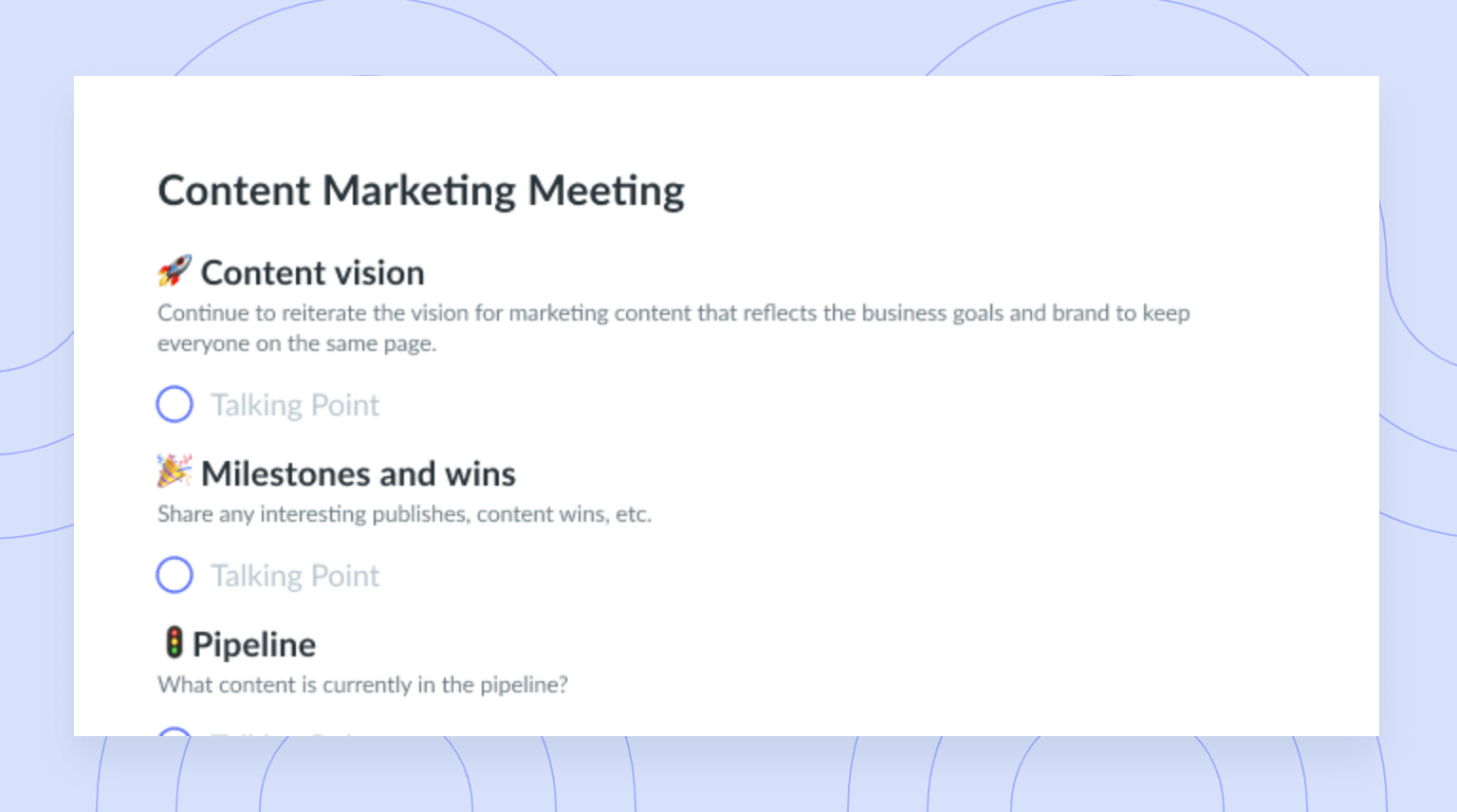What is Change Fatigue and 10 Ways to Overcome It
Learn how to identify, prevent, and overcome change fatigue in the workplace and be prepared to embrace any change that may come!
The lines are presently more blurred than ever when it comes to our work and personal lives and how our emotions, actions, and mindsets play a role in each one. It’s no secret that constant change takes a massive toll on our mental health, and the world around us continues to be one massive change after another. The COVID-19 pandemic has heightened our senses and as a result, our minds are working in overdrive to be able to cope and thrive in an environment that breeds change fatigue.
These perpetual changes have made it more difficult than ever to embrace change at work because we’re tapped out and therefore don’t have the capacity to embrace this change. This article will dive into the concept of change fatigue so we can collectively overcome it.
What is change fatigue?
Change fatigue is exactly what it sounds like. When employees are bombarded with constant change, or a chaotic environment that lacks structure and direction, they may become passive to organizational change. Before the pandemic, employees had a much larger capacity for continuous or perpetual change, but the pandemic has largely depleted these resources.
During these unprecedented times, it’s more important than ever to be aware of the warning signs of change fatigue. Change fatigue symptoms include, but are not limited to, high levels of stress and fear, an inability to focus or collaborate, and a depleted output. If you begin to notice that your teammates aren’t working at their regular capacity, it may be time to see what your organization can do to address and improve their mental health.

Communicate and document
Having meeting notes you can revisit at any time can help create clarity and diminish any confusion with a tool like Fellow!

What causes change fatigue?
Before the pandemic, employees were much less likely to experience change fatigue. According to a study by Gartner, employees’ ability to cope with change has decreased by 50% since the beginning of the pandemic. An ever-changing environment with numerous variables leads to higher chances of experiencing change fatigue. Before the pandemic, when things were much more normal and we weren’t dealing with massive unknowns on a daily basis, we were able to cope and deal with unexpected or more frequent changes.
Our surge capacity thrives when we only need to use it short-term,but the current state of the world has made it necessary for us to have our surge capacity turned on and heightened at all times, meaning we’re at our limit and workplace changes aren’t always priority. Not having the opportunity to replenish our capacity has led to a constant state of change fatigue for many.
10 ways to overcome change fatigue
- Talk to your superior
- Review changes regularly
- Prioritize change initiatives
- Create a roadmap
- Improve internal communication
- Ask for transparency
- Find a mentor
- Ask for resources
- Know the why behind the change
- Track progress
1 Talk to your superior
It’s now more important than ever to have a sense of psychological safety at work. If you’re feeling fatigued by constant changes, it’s important that you have an open and honest conversation with your manager. If your manager doesn’t know how you’re feeling, they won’t be able to help.
2 Review changes regularly
It can be much easier to process change in small bits. If you take it all on at once, it can be extremely overwhelming. Breaking change down into smaller tasks and processing it as it comes will ensure you’re able to fully process the change without getting overwhelmed or simply forgetting about the new changes
3 Prioritize change initiatives
As we mentioned above, taking everything in at once can be extremely daunting. The good news is you don’t normally have to process everything all at the same time. Instead, try prioritizing the most important changes. This can be done by creating a list of pressing changes and arranging them in order of importance. When you begin to separate all the variables you will be able to assign timelines for each, making the process of acclimating to each one much less daunting.
If you’re responsible for delivering the news about change to your teammates, make sure to break it up and deliver separate messages on separate occasions. Delivering the news all at once will only overwhelm your teammates, and it’s your job as a manager to make sure they feel as comfortable as possible while embracing change.
4 Create a roadmap
For some people, change can be difficult to conceptualize;that’s where roadmaps come in. Roadmaps act as a reference point for change, essentially acting as a hub that not only displays change but also represents how you and your teammates can collectively work towards the goal that encompasses the change.
A solid roadmap helps your team visualize initiatives or high-level efforts into which they need to invest time. Roadmaps can also act as a presentation tool for executives or internal teammates that need to be able to conceptualize the change from a strategy standpoint.
5 Improve internal communication
Oftentimes change fatigue comes from employees not having enough notice, or not having the opportunity to process change before it happens. Improving internal communication is the number one way to combat this issue. If you’re on the receiving end of this communication, be proactive and let your manager know that you would prefer to know about any and all changes before they happen. Of course this isn’t always possible, but if your manager understands how you feel they will be able to put it on their radar and act on it when possible.
If you’re acting as a manager, make sure to take the importance of communication into consideration. It’s your sole responsibility to make sure your teammates are as comfortable as possible when it comes to embracing change.
6 Ask for transparency
When an open and honest environment is prioritized at work, it becomes much easier for everyone to speak up. If your teammates recognize your vulnerability, they may feel more inclined to talk about their own mental health. As a manager, you can ask your teammates for transparency. As a teammate, you can focus on sharing your feelings and initiating transparent conversations.
7 Find a mentor
Finding a mentor is one the most important things you can do for your professional career. The best part about finding a mentor is having someone to lean on when you’re going through something tough. Change fatigue can be exhausting and if you choose your mentor wisely, they most likely understand what you’re going through.
8 Ask for resources
Ultimately, your organization is responsible for change management. Within that responsibility comes an inherent need to prioritize everyone’s mental health, whether that be through mentorship, one-on-one meetings, or even tutorials to help break down barriers. If you’re feeling overwhelmed, ask for these additional resources. You have a right to feel empowered and equipped to take on change.
9 Know the why behind the change
Understanding the why behind the change can help you understand the change from a more holistic approach. One of the most stressful elements of change is the unknown. Eliminating the mysterious variables that come with change may help you feel more at ease, or even more inclined to embrace the change.
If you’re acting as management, be sure to take this factor into consideration. When discussing change with your teammates, take the time to explain why the change is necessary. Doing so may prevent change fatigue while prioritizing mental health within your organization.
10 Track progress
Change management is easier than you think. Tracking your progress is imperative not only because it helps you gauge success, but also because it enables you to see how far you’ve come. One of the easiest and most effective ways to prevent or reduce stress is to step back and recognize how far you’ve come. You may not have even realized how much progress you’ve made when it comes to embracing change.
Prevent and overcome change fatigue in the workplace
It’s now more important than ever to recognize the implications of constant change. Recognizing the signs of change fatigue is the first step. After you’ve identified the signs, you can implement these tips, tricks, and best practices so you can be the positive change your organization needs to identify, prevent, and overcome change fatigue.















![Weekly Project Check-In Meeting [Engineer Manager] Template](https://fellow.app/wp-content/uploads/2021/10/1-on-1-Accomplishments-Meeting-preview.png)












